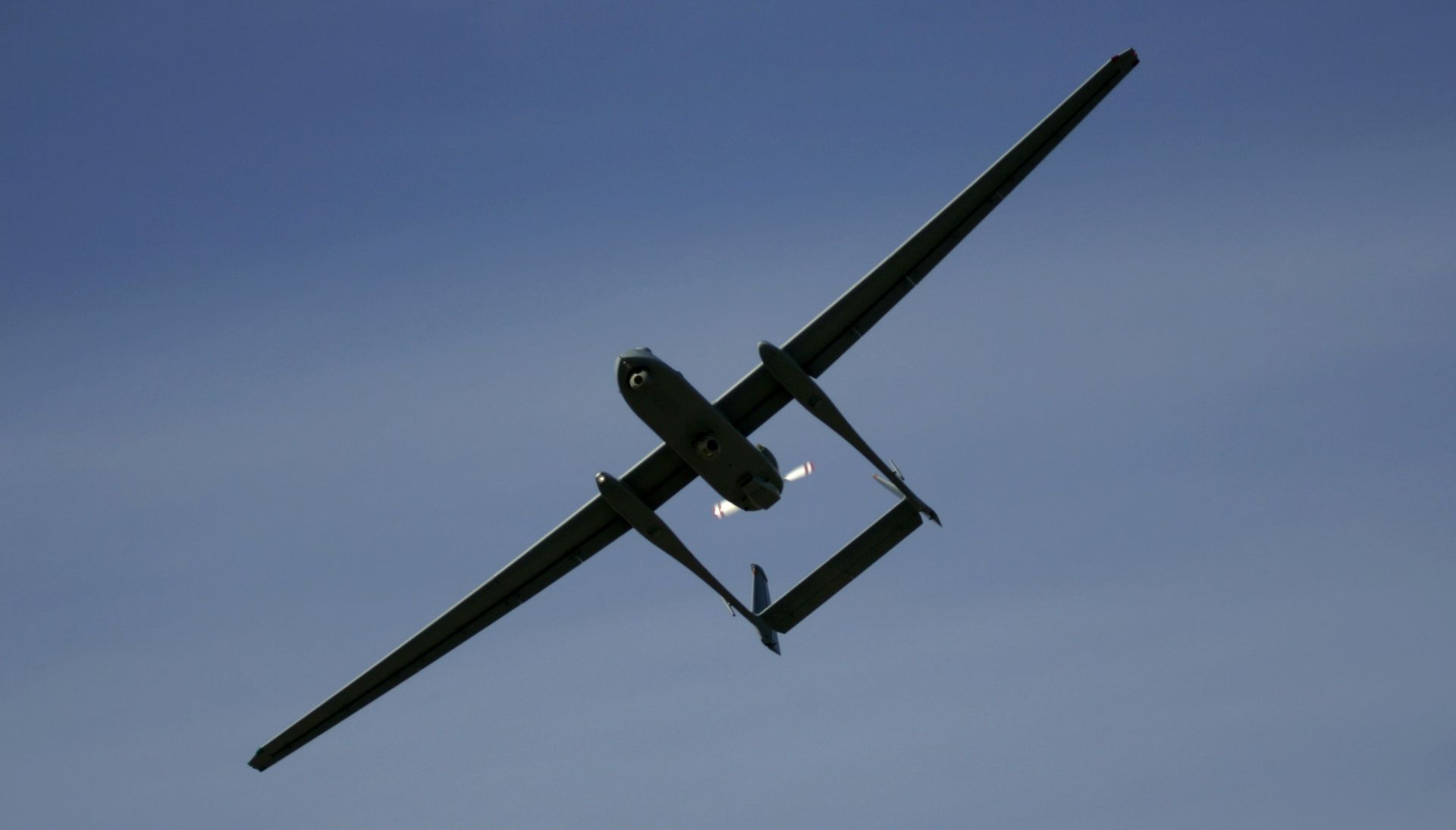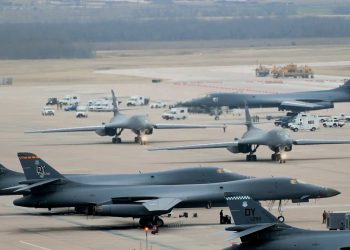BAE Systems, NASHUA: BAE Systems has successfully completed the first flight test of its Electronic Warfare (EW) system for the F-35 Joint Strike Fighter (JSF) aircraft.
The F-35 JSF EW system will serve as a primary source of situational awareness for F-35 JSF pilots, enhancing their ability to identify, monitor, analyze and respond to potential threats.
The F-35 system's broadband digital receiver architecture was fully tested during the flights conducted on a range at the Naval Air Weapons Station China Lake. The F-35 JSF EW suite was installed on a surrogate aircraft, a T-39 twin engine business jet. During the flight, the system collected simulated radio frequency threats from ground based emitters using the F-35 JSF EW digital receiver system.
“The tests mark a significant milestone in the risk reduction efforts of the BAE Systems F-35 JSF team. Just 44 months into a 10-year development and demonstration program, all major components of the F-35 Electronic Warfare system have now been in the air,” said Dan Gobel, JSF business area director at Nashua, New Hampshire. “Some development challenges can be found only by testing in a dynamic flight environment. Early resolution of emitter location and direction-finding algorithms will help us stay on schedule, under cost and under weight.”
The 2005 flight tests were not part of the scheduled F-35 System Development and Demonstration (SDD) phase. BAE Systems funded the tests internally, and outside of the Joint Strike Fighter Program flight test schedule, in order to evaluate potential cost savings and performance improvement options.
The F-35 JSF EW System remains on schedule while being below target cost and under required weight. The 185-pound system – representative of the Conventional-Takeoff -and-Landing (CTOL) and the Standard-Takeoff/Vertical Landing (STOVL) configurations – continues to exceed contract performance metrics within the SDD phase.
Work on the system integration was conducted at BAE Systems' System Integration Laboratory in Nashua. The information collected from the flight test will be processed through direction-finding (DF) algorithms and later this summer through advanced geo-location algorithms to correlate study performance with predicted data.
BAE Systems is responsible for the F-35 JSF's EW systems suite which also includes advanced affordable low observable apertures and advanced countermeasure systems. Additionally, BAE Systems will provide critical and complex electronic circuits and modelling and simulation capability in support of the SDD and production phases of the program.
BAE Systems has major operations across five continents and customers in some 130 countries. The company employs nearly 100,000 people and generates annual sales of approximately $25 billion through its wholly owned and joint-venture operations.
Beijing slams US over potential Chinese drone ban
China said on Friday it would take "all necessary measures" in response to the United States announcing it was considering...








